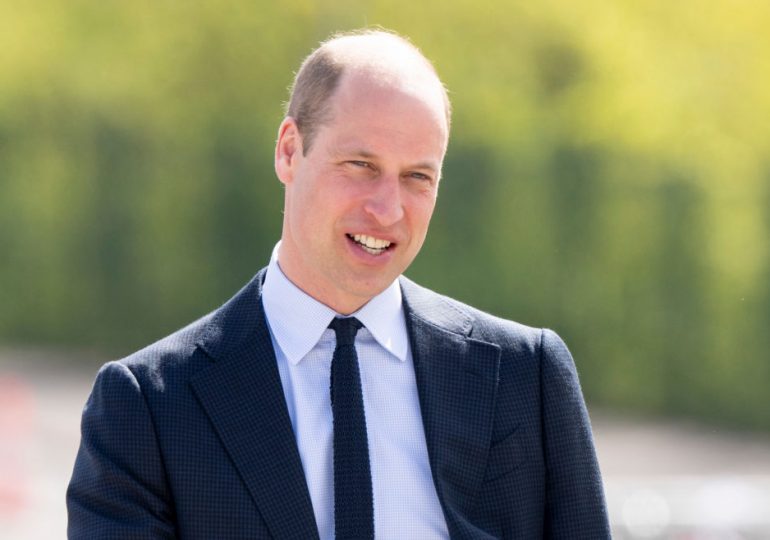You may find yourself asking: How wealthy is the British royal family? The answer is far from simple. “One of the problems with the net worth is that it’s very, very difficult to calculate,” royal commentator Richard Fitzwilliams tells TIME.
The exact net worth of any royal family member is unknown, and estimates from online sources range. CelebrityNetWorth has pegged the net worth of Prince William, next in line to the throne, at $100 million. However, the Daily Express and other news outlets reported his worth skyrocketed to more than $1 billion after he took over the Duchy of Cornwall, a private estate worth £1 billion ($1.3 billion), from his father, King Charles III, upon the death of his grandmother, Queen Elizabeth II, in September 2022.
[time-brightcove not-tgx=”true”]
The Duchy of Cornwall “funds the public, charitable, and private activities of the Prince of Wales and his family,” according to its website. The estate was established by Edward III in 1337 to provide independence to his son and heir, Prince Edward.
The portfolio includes land, farm tenancies, and commercial properties across at least 20 counties in England and Wales. In 2023, the assets created £24 million ($30 million) in “distributable surplus,” according to the estate’s most recent annual report. Royals are not obligated to pay income tax, but have voluntarily done so since 1993, according to Parliament.
On top of those holdings, Prince William, along with his younger brother Prince Harry, received inheritances from his mother, Princess Diana, and paternal great grandmother, the Queen Mother.
When the Queen Mother died in 2002, she left about £14 million ($17.6 million today) to her great-grandsons, with the bulk going to Prince Harry since William would benefit financially from one day becoming King, the BBC reported.
Following their mother’s death in 1997, the brothers inherited $21.3 million after taxes to share between them, according to her will.
Prince William has also previously earned money independently. From 2006 to 2013, he served in the British military, earning between $68,000 and $74,000 in his last position in 2011, according to Forbes. After that, he worked for charity East Anglian Air Ambulance, but donated his $62,000 salary to charity, Reader’s Digest reported.
The Prince became a full-time working royal in 2017, spending his time in public engagements as a patron to charities and representative for the country and Crown. He gets his official living, travel, and household expenses paid for from what is called the Sovereign Grant.
Each year, the royal family gives profits from its vast holdings under the Crown Estate to the U.K. government, but gets paid back a proportion in the form of the Sovereign Grant. Historically, the proportion was 15%, but that amount was raised to 25% in 2017 for 10 years to cover renovations at Buckingham Palace. However, the government announced it would be cut to 12% starting this year because of new profits from offshore wind farms on the Crown Estate.
In the most recent financial year, the royal family received £86 million ($109 million) from the Sovereign Grant, according to an annual report published in June 2023. That equals out to £1.29 ($1.63) per person in the U.K., according to the royal website. A core grant of £51.8 million ($65 million) funds official travel, property maintenance, and household operating costs.
However, the Sovereign Grant doesn’t cover Prince William and other royals’ security costs, which is paid for by the taxpayer, with amounts never disclosed, Fitzwilliams says.
Prince William shares finances with his wife, Kate Middleton, the Princess of Wales, who is worth an estimated $10 million.
The couple make use of three homes—Kensington Palace in London, Anmer Hall in Norfolk, and Adelaide Cottage on the Windsor Castle estate. The Guardian reported that Anmer Hall was a gift from Queen Elizabeth II, while the couple pays rent on Adelaide Cottage, where they mainly live with their three children.
Leave a comment








